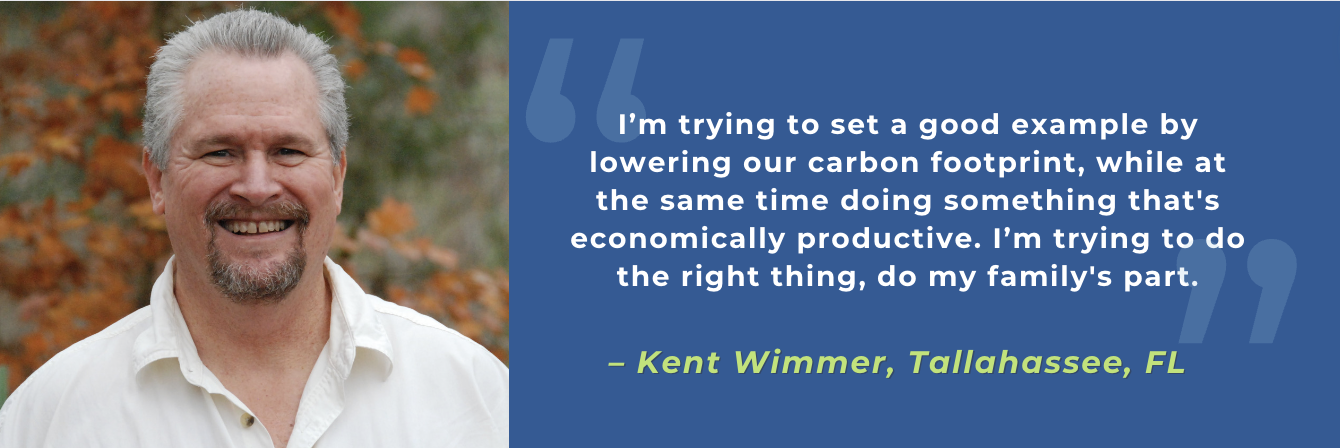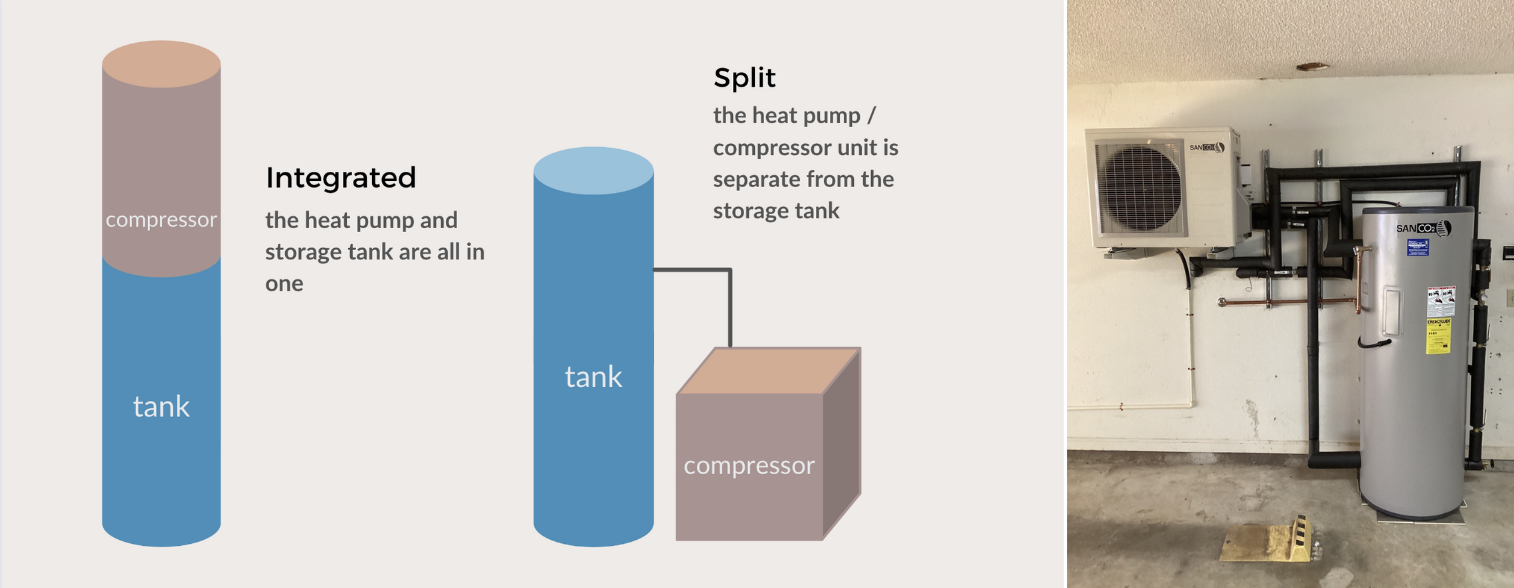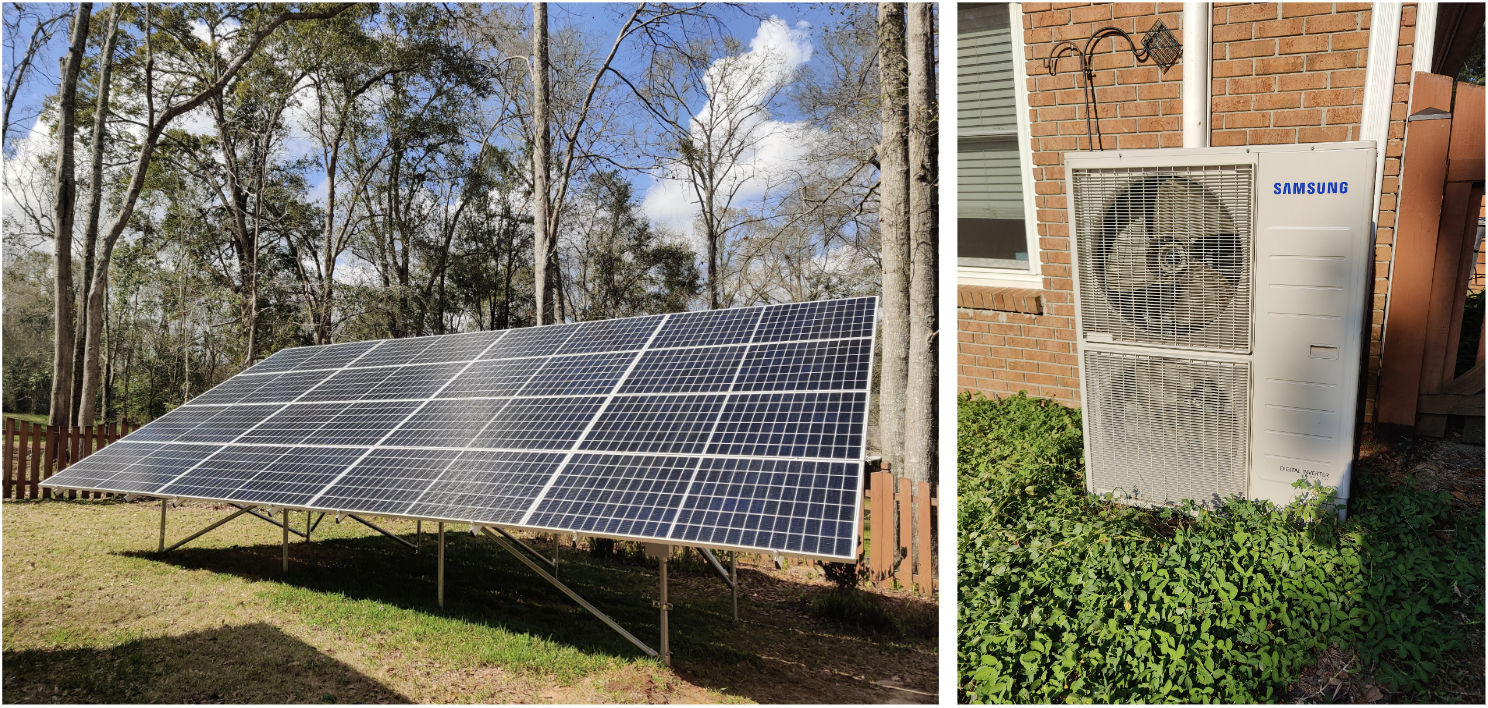Tired of being held hostage by the fossil fuel industry, Kent Wimmer embarked on a journey to reduce his Florida home’s dependency on gas. Read on to learn more about his road to installing a heat pump water heater – and how you don’t have to be a clean energy expert to be part of the Clean Energy Generation.
Reed Winckler | October 11, 2023 | Clean Energy Generation, Climate Change, Energy Efficiency, Solar
The Clean Energy Generation is a movement of people dedicated to taking action to create a healthier, more comfortable, more sustainable environment for this generation and those to come. It all starts with setting goals, big or small, to lower your environmental impact.
Kent Wimmer has always had a passion for the environment around him: he studied environmental planning and natural resources, and now works for Defenders of Wildlife as their representative of Northwest Florida. When Hurricane Michael blew down trees in his backyard and sunlight poured in, Kent saw his chance to install solar panels in his yard, and from there he has continued the electrification process of his Tallahassee home, one step at a time. His latest project was replacing his decades-old gas water heater with one powered by an electric heat pump. In this interview, he told us more about the process – including the need for more clean energy job training – and how you don’t need a background in clean energy to be part of the Clean Energy Generation.

Tell us about your journey to electrify your home.
Twenty years ago I bought an all electric house and converted it to gas. At the time, I thought it more energy efficient and cheaper to use gas to directly heat my water and air than for utilities to burn the gas and send me the electricity. I had a furnace, a gas water heater, a gas fireplace, a gas stove, and a gas grill on my back deck.
My journey with clean energy began two years ago, when I started the process of electrification by deciding that I was tired of being held hostage by the fossil fuel industry and the prices for gas that continually went up and up. I put solar panels in my backyard at the end of 2020, after Hurricane Michael came through in 2018 and took out some trees around my house, opening up the sky to the south and west parts of my house. Soon after, I replaced my 14 SEER AC unit and my gas furnace with a heat pump HVAC that does my heating and cooling. My water heater was also gas but was still going strong at 18 years old.
“I was tired of being held hostage by the fossil fuel industry.”
Last spring, my homeowner’s insurance was going to increase. I went shopping for a new policy, but a lot of companies wouldn’t even give me a quote, one reason being that my water heater was over ten years old. I had been thinking about installing a tankless or heat pump water heater but both options were expensive. But, with the federal tax credit of $2,000, I did the math and I figured a heat pump water heater would eventually pay for itself.
I did my research and went with the SANCO2 water heater system – a split system where you have a heat pump unit with CO2 as the coolant, then a separate storage tank. You pipe water to the heat pump, where it’s heated and sent to the storage tank, and then to the house. I installed both the heat pump and the storage tank in my garage where it’s sheltered and can keep the coils clean. Plus, the CO2 produces a lot of heat, so the water in the tank itself is a lot hotter than it would be in an all-in-one, integrated heat pump unit. It’s a more efficient system, and it makes more hot water.

What are some of the challenges you faced with the installation of the heat pump?
It was quite a story of getting it installed. For the kind of split system I went with – as opposed to an integrated heat pump system – there weren’t any trained installers or distributors in Tallahassee. So, I worked with the manufacturer over a month to identify local installers that would even agree to accept some training to install it, because no one had ever installed one of these in Tallahassee. We probably talked to about six plumbers, and I finally got three to agree to provide a quote. With the assistance from the manufacturer ECO2 Systems, I had the equipment shipped to me from a distributor in Gainesville, and ECO2 Systems trained the plumber I selected who then installed it. It was challenging, being the first customer of a product in my area.
It may have been easier to just put in a standard resistance electric water heater. But if I did that, I’d end up having to pay an electric bill because resistance water heaters consume more electricity than heat pump water heaters. And that’s what I’m trying to avoid.
I could have also gone with an all-in-one, integrated heat pump water heater, but for one, this split unit is a lot quieter than a hybrid heat pump, and it’s also more efficient and easier to maintain.
What benefits have you noticed so far?
A big benefit is that I am saving money. Two years ago I put solar panels in my backyard. I’ve been producing more solar power than I’ve been consuming because I based my solar system on my old AC and gas setup. I haven’t paid for electricity since the first month that I installed my solar panels.
While Tallahassee has great net metering, I still wanted to use more of the solar power I was collecting. Looking at the numbers of how much power the SANCO2 heat pump would use, I saw it would pretty much balance out my power consumption with my solar power production. And since my insurance company was going to make me replace my old water heater anyway, I figured I may as well take advantage of the electricity I was producing. Plus, I’m saving money as far as not having to pay for natural gas. Even without having solar panels, I would still be lowering my power bill.
And of course, now I’m not pumping global warming gasses out into the environment. With my heat pump systems, now I can heat and cool my house and heat my water while getting rid of my two biggest uses of natural gas, which was the furnace and the water heater.

What would you say to people who are thinking about replacing their gas water heater for a heat pump water heater?
You’re going to lower your carbon footprint by going from gas to electric, and you’re going to lower your electric bill by going from a standard electric water heater to a heat pump water heater. And you can take advantage of tax credits that bring the cost down for their installation.
I still have a gas stove, a gas dryer, and a gas fireplace we rarely use. What I use most is my gas grill on the back deck. I’ve never done clean energy stuff; I’ve been doing landscape and wildlife conservation for my entire career. But I know it all comes back to what we are personally doing to our own environment, so you do what you can. That’s where you can make a difference.
That’s my story. As Scottish planner and conservationist, Patrick Geddes said, “think globally, act locally.” That’s what I’m doing – trying to set a good example by lowering our carbon footprint, while at the same time doing something that’s economically productive, or at least will pay for itself in the long run. I’m just trying to do the right thing, do my family’s part.
GET INVOLVED IN THE CLEAN ENERGY GENERATION
As members of the Clean Energy Generation, we all have the power to take action and make a difference where we can in reducing our environmental impact. Like Kent, we can research clean energy in our communities and learn about energy upgrades to make our homes more clean and efficient. You don’t have to be a clean energy expert to make an impact – just ready to learn and excited to take the plunge.
To learn more about clean energy action you can take in your own home, watch our Clean Energy Generation webinar from October 25 where Dr. Stephen A. Smith, SACE’s Executive Director, shares a video tour of clean energy technologies he and his family have implemented in their home one step at a time, starting with energy efficiency upgrades.
Join the Clean Energy Generation
Watch the Clean Energy Generation Webinar
Take Action With the Clean Energy Generation
#CEGMemberStories